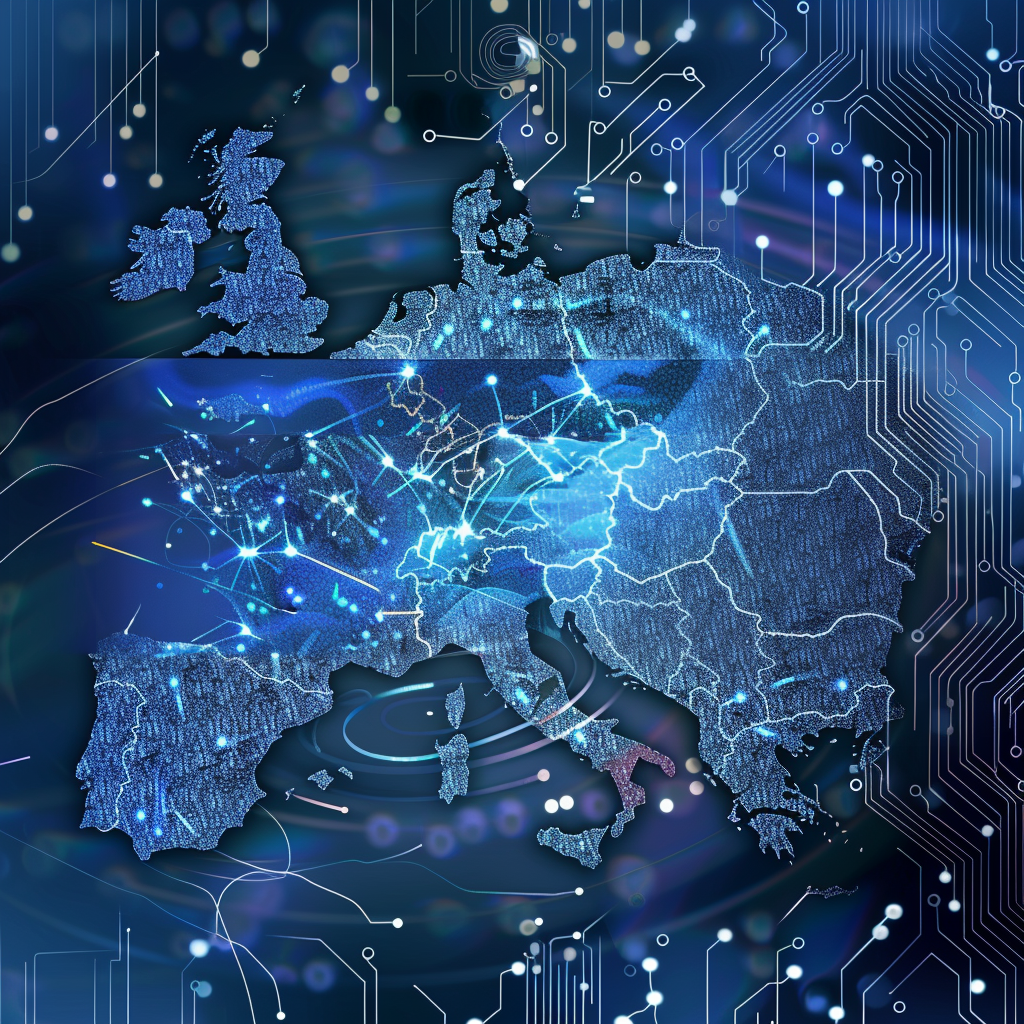When titans talk, the world listens—especially when the conversation shapes the future of artificial intelligence. In a landmark move, US and European regulators have signed a joint statement that could redefine competitive practices in the rapidly evolving AI sector. This development builds on the themes discussed in our previous coverage of Europe’s AI regulatory landscape.
Unpacking the Joint Statement
The joint statement, endorsed by the U.S. Department of Justice, the European Commission, and the UK’s Competition and Markets Authority, outlines a unified approach to overseeing competition in AI. The primary objectives are clear: to promote innovation while ensuring that the AI market remains competitive and free from monopolistic hold. Such cooperation is pivotal, especially when considering the rapid pace at which generative AI technologies are being developed and deployed.
Impacts on AI Development and Market Dynamics
This transatlantic partnership could significantly impact both AI startups and established tech giants. By setting common standards, the agreement is likely to foster an environment where new AI innovations can thrive without the fear of unfair competitive practices. However, there are concerns among smaller entities that regulatory complexities could disproportionately benefit larger corporations with the resources to navigate new legal landscapes.
A Global Blueprint for AI Regulation?
This joint statement does not exist in isolation. It reflects a growing trend towards international cooperation in AI governance, a necessary evolution given AI’s disregard for national boundaries. Comparisons might be drawn with other international AI agreements, suggesting a potential global blueprint for managing AI’s societal and economic impacts.
Stakeholder Reactions and Public Discourse
The response to the joint statement has been mixed. While some industry leaders view this as a positive step towards creating a fair competitive playing field, others, including legal experts and academics, express reservations about the execution and potential unintended consequences. Public reactions, too, have been varied, with debates unfolding across platforms like Reuters and TechMonitor.
Looking Ahead: The Future of AI Competition Law
In the digital arena, every policy ripple can create waves of change. As we speculate on the future, it’s clear that this joint statement is just the beginning. The real test will be its implementation and the tangible impacts it will have on the AI landscape. This pivotal moment in AI governance highlights the importance of international collaboration in shaping technologies that will define the next era of human development. As the situation evolves, stay tuned for more in-depth analysis and updates.


